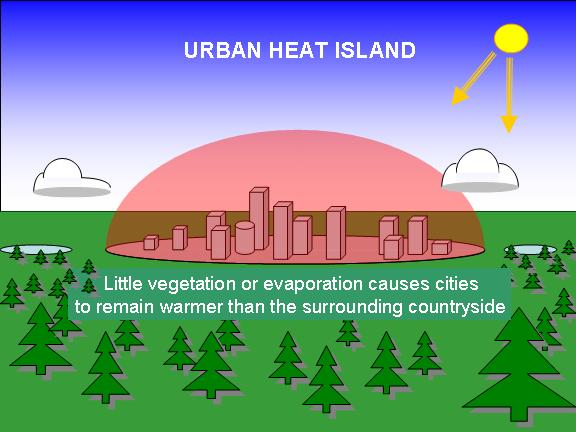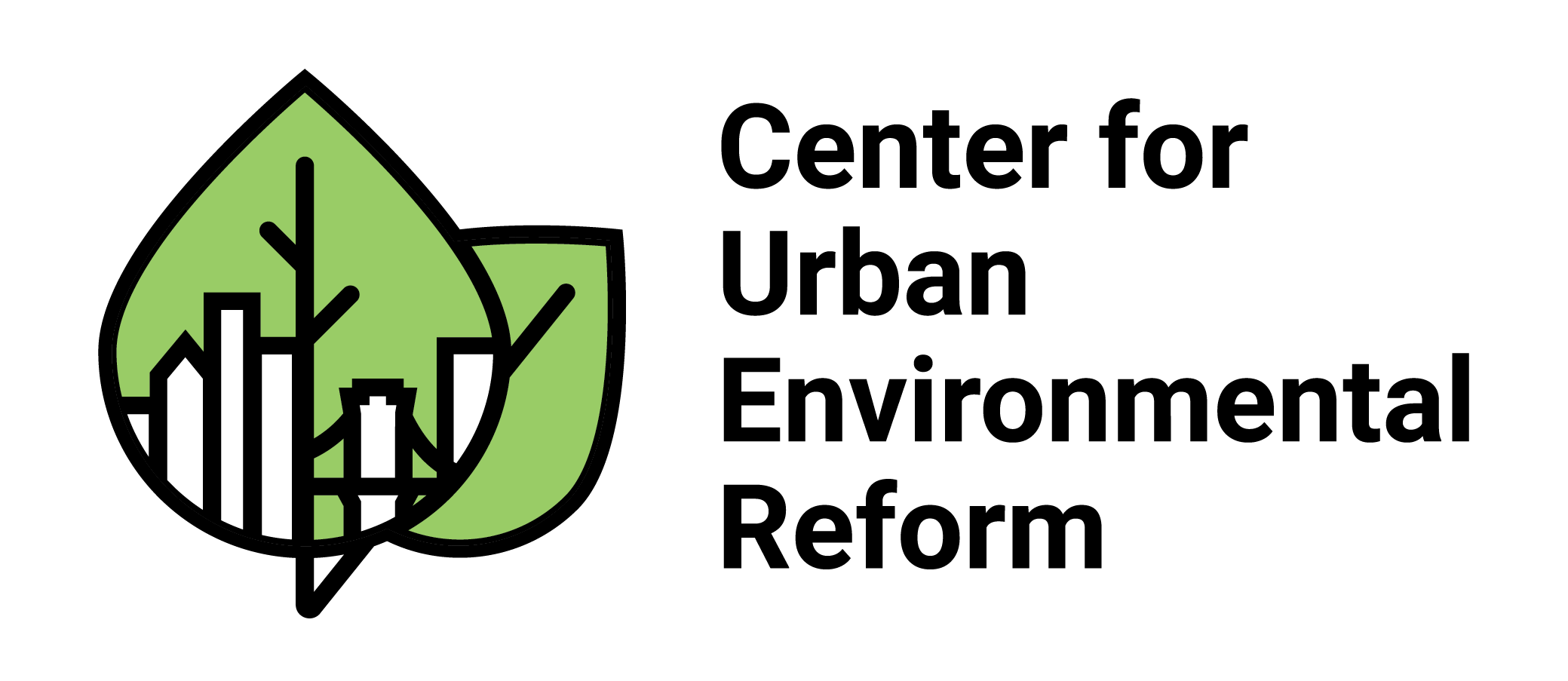The True Killer: Heat
Despite the dangers of extreme weather events, the force killing the most Americans in 2017 is heat. Heat is already a global issue, with the effects of heat causing drought, extreme migration, and death in places like South Asia, Australia, and the Persian Gulf.
This problem poses a particular danger to New Yorkers and other urban environments, where the “heat island effect” can amplify and maintain extreme temperatures long after a heatwave is passed. The problem is so significant that some studies predict New York could experience more than 3,000 heat-related deaths per year by 2080. The current solution to heatwaves globally is to increase access to affordable power so that residents can cool themselves, yet this contributes to the overall problem by driving climate change.

What steps can governments take to reduce the potential harm from heat waves? The first step, and the most obvious, is to seriously confront the dangers posed by human-driven climate change. Only by addressing the underlying cause of increased heat and heat deaths can we develop a solution to this problem. In the interim, urban environments should increase the land mass covered in green space, as these spaces reduce the heat island effect for residents and contribute to more resilient urban environments. While New York currently engages in this process, the City must be more aggressive in targeting communities most likely to suffer harm from heat waves. Further, urban environments should be more reflective, including designing white roofs and roads. By doing this, urban environments can reduce the heat island effect and create more livable environments for residents.

